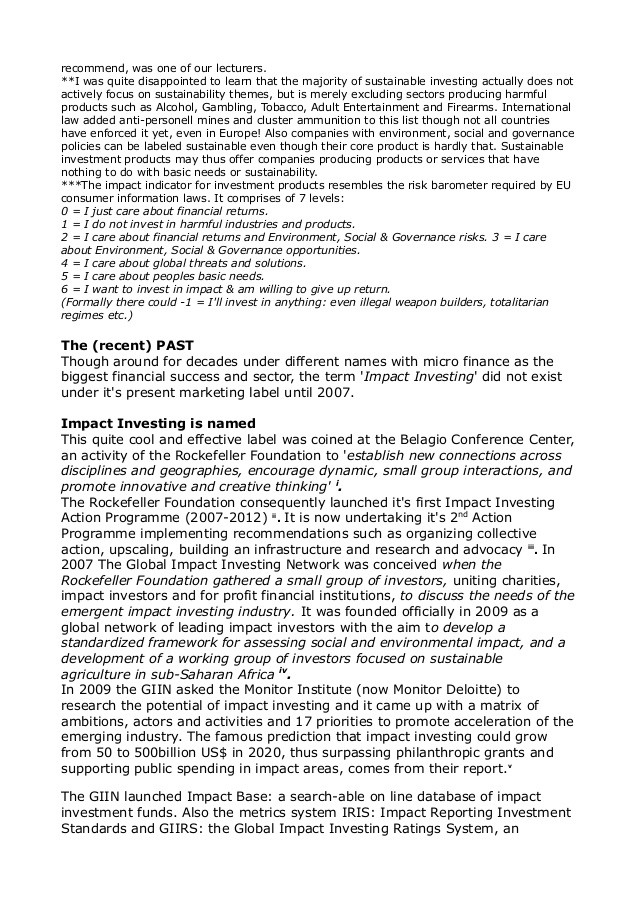Why everyone working in the charitable sector needs to understand Social Impact Investment
Post on: 16 Март, 2015 No Comment

Social impact investment is trying to bring about an ‘arranged marriage’ between the finance and charitable sectors. The difficulty is that this pre-nuptial agreement is fiendishly complicated, and is in danger of leaving the ‘charity sector’ bride wavering at the door, unsure whether she should commit to the union.
This is a very serious problem, superficially for the charity sector but more importantly for the beneficiaries that the sector supports. All charity sector trustees and staff have a duty to understand the terms and conditions of the social investment contract, and shape it in a way that will allow them best to deliver their charitable aims.
The G8 Social Investment Taskforce released a series of reports on the 15 th September 2014. Led by Sir Ronald Cohen, the taskforce brings together government officials and senior figures from the worlds of finance, business and philanthropy from across the G8 countries. The taskforce is exploring ways in which the finance sector can facilitate social impact investment, ‘those that intentionally target specific societal and/or environmental objectives along with a financial return and measure the achievement of both’.
socialimpactinvestment.org . The report notes that the charity sector is large but fragmented: 180,000 charities, 70,000 social enterprises, but only the top 100 charities have income of above £45 million, and an overall reliance of 35% on income from statutory bodies.
It’s recognised, that more charities are seeking investment so that they can pursue opportunities opening up, particularly through the government’s public sector commissioning programme. Charities have unprecedented opportunities to bid to run public sector contracts, but simply cannot scale up their activity to deliver these contracts without significant advance investment. It is estimated that there is a finance gap in the charity sector of between £300 million and £1 billion capital per year.
HM Treasury established the Social Investment Taskforce in 2000 to try to address this gap, and there have been successive initiatives launched since then, including the Charity Bank (2002), First Social Impact Bond (2010) and Big Society Capital (2012). This new report gives an excellent overview of all of these initiatives, listing their achievements and limitations.
The report makes nine recommendations to continue to advance the UK social impact investing market. These include the creating of a new social impact and scaling fund; launching a government hub for prevention & innovation; and launching a Social Economy Commission.
All of these recommendations would have far-reaching implications for any charity sector organisation. But to what extent has this debate really permeated through the 180,000 charities and 70,000 social enterprises? Charity sector members of the UK National Advisory Board are representatives of major charities, such as NSPCC, or member bodies, such as the Association of Charitable Foundations, but is this a diverse enough grouping?
Peterborough Social Impact Bond

In my view, there are key recommendations, above those in this report, which any charity (large or small) needs to consider immediately:
whatworksgrowth.org
The finance and business sectors are making efforts to adapt their services to meet the needs of the charity sector. So what do we need to understand from the charity side to take advantage of these new opportunities?
We’d love to hear your views.














